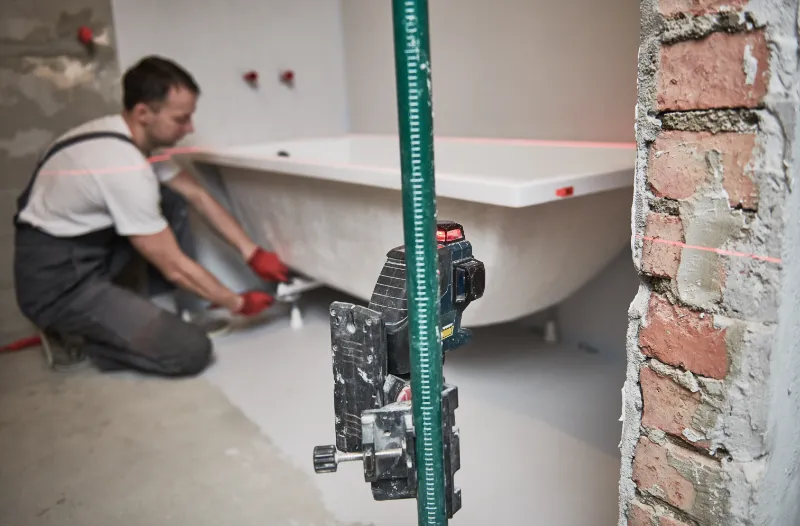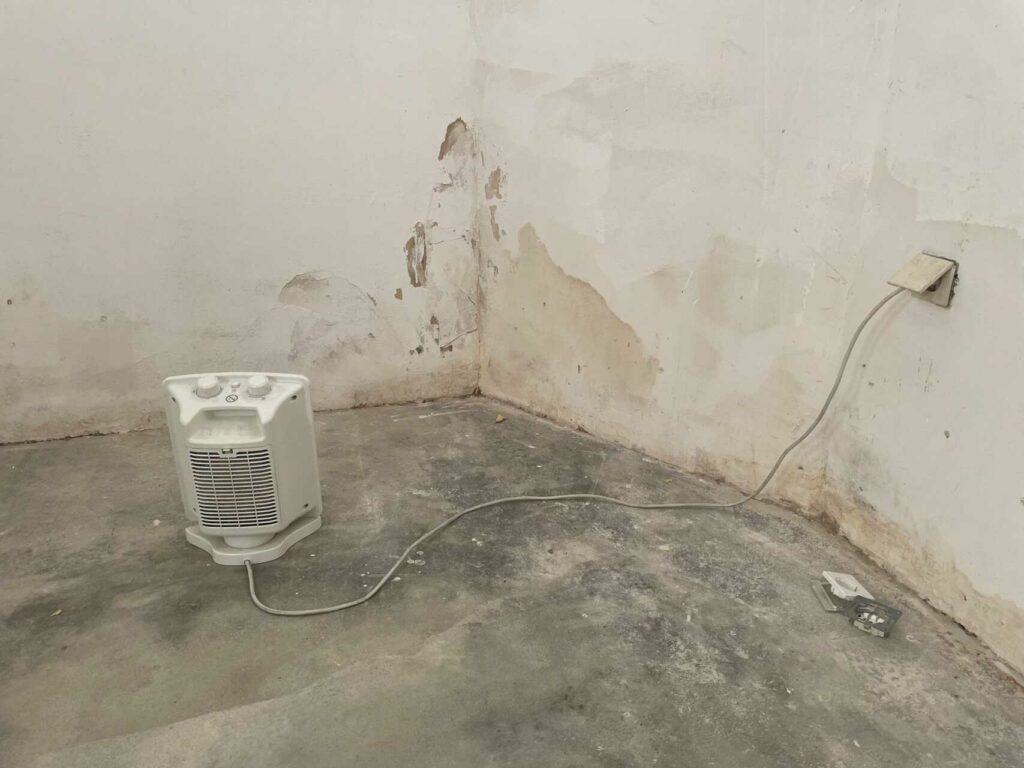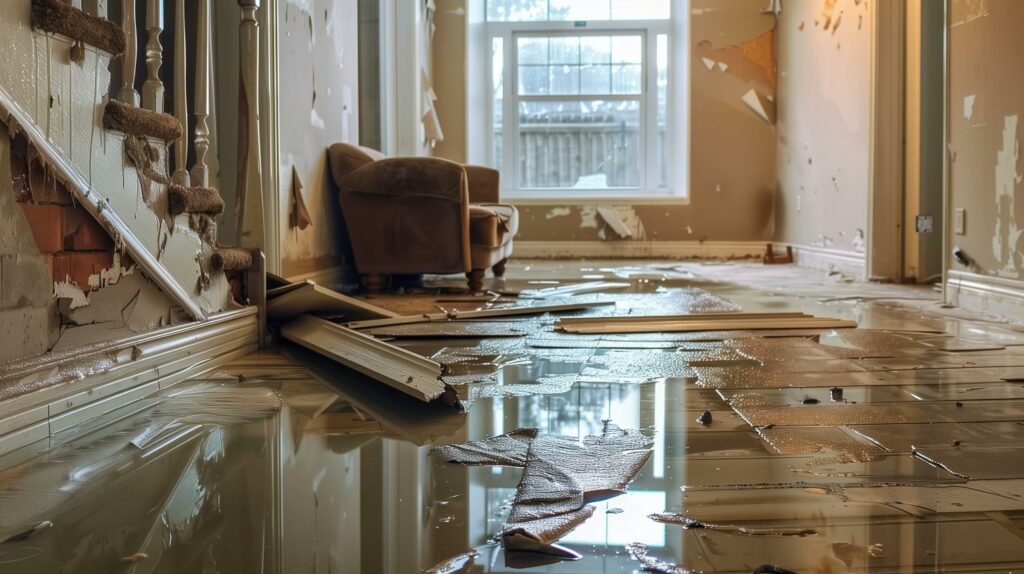Contents
Are you tired of dealing with pesky plumbing problems in your bathroom? What are common plumbing errors? From leaky faucets to clogged drains, there are several common issues that can disrupt your daily routine.
But fret not! We’re here to help you understand and overcome these challenges. In this article, we’ll explore the most frequent plumbing issues you may encounter in your bathroom and provide simple solutions to get everything running smoothly again.
So, let’s dive in and tackle these problems together!
Key Takeaways
- Leaky faucets waste water and increase water bills, but they can be easily fixed by turning off the water supply and replacing worn-out parts.
- Clogged drains can be prevented by installing a drain cover or screen and avoiding flushing inappropriate items. They can be cleared using a plunger, drain snake, or a mixture of baking soda and vinegar.
- Running toilets waste water, and the problem can usually be solved by checking and adjusting the flapper valve or fill valve. If adjustments don’t work, a professional plumber should be called.
- Low water pressure can be caused by clogged pipes, faulty pressure regulators, or water leaks. Clogs can be removed using a pipe cleaner or by contacting a professional plumber. Faulty pressure regulators should be replaced, and any leaks in pipes, faucets, or showerheads should be inspected and repaired.
Leaky Faucets
If you have a leaky faucet in your bathroom, it can waste a significant amount of water. Not only is this bad for the environment, but it can also increase your water bill. However, fixing a leaky faucet is a relatively simple task that you can do yourself with just a few basic tools.
The first step in fixing a leaky faucet is to turn off the water supply. This can usually be done by turning the shut-off valve located under the sink. Once the water is turned off, you can begin disassembling the faucet.
Start by removing the handle of the faucet. This can usually be done by unscrewing a small screw or using a wrench to loosen a nut. Once the handle is removed, you’ll have access to the stem of the faucet.
Inspect the stem for any signs of damage or wear. Oftentimes, a leaky faucet is caused by a worn-out washer or O-ring. These can be easily replaced with parts from your local hardware store. Simply remove the old washer or O-ring and replace it with a new one.
After replacing any worn-out parts, reassemble the faucet and turn the water supply back on. Give the faucet a test to make sure the leak has been fixed. If the faucet is still leaking, you may need to call a professional plumber to assess the issue further.
Fixing a leaky faucet is a simple task that can save you money and reduce your impact on the environment. By taking the time to fix the issue yourself, you aren’t only serving yourself but also serving others by conserving water resources.
Clogged Drains
Clogged drains often occur in bathrooms due to frequent use and improper disposal of waste materials. When you use your bathroom on a daily basis, it’s important to be mindful of what goes down the drain. Hair, soap scum, and other debris can accumulate over time, leading to a clogged drain. To prevent this issue, you can install a drain cover or screen to catch hair and other particles before they go down the drain. Additionally, avoid flushing items such as cotton balls, wipes, or dental floss, as they can easily get stuck and cause blockages.
If you find yourself dealing with a clogged drain, there are a few steps you can take to try and resolve the issue yourself. Start by using a plunger to create suction and dislodge the clog. Make sure to cover the overflow drain, if your sink or tub has one, to ensure maximum pressure. If the plunger doesn’t work, you can try using a drain snake to break up the clog and remove it. Another option is to use a mixture of baking soda and vinegar to dissolve the clog naturally. Simply pour the baking soda down the drain, followed by the vinegar, and let it sit for a while before rinsing with hot water.
In some cases, however, a clog may be too stubborn to remove on your own. If your attempts to unclog the drain are unsuccessful or if you’re dealing with recurring clogs, it’s best to call a professional plumber. They have the knowledge and tools to effectively diagnose and fix the problem, ensuring that your bathroom drains are clear and functioning properly.
Running Toilets
Running toilets can be another common plumbing issue in bathrooms. When your toilet continues to run even after you have flushed it, it can be both annoying and wasteful. But don’t worry, there are a few simple steps you can take to fix this issue and ensure your toilet is running efficiently again.
First, check the flapper valve. This is a rubber seal located at the bottom of the tank that opens and closes to allow water to flow into the bowl. Sometimes, the flapper can become worn or misaligned, causing water to continuously leak into the bowl. To fix this, simply adjust the chain that connects the flapper to the flush handle or replace the flapper altogether if it’s damaged.
Next, inspect the fill valve. This is the mechanism that controls the water level in the tank. If the fill valve isn’t functioning properly, it may be allowing too much water to flow into the tank, causing it to constantly overflow into the bowl. Adjusting the float arm or replacing the fill valve can usually resolve this issue.
If adjusting the flapper valve and fill valve doesn’t solve the problem, it may be necessary to call a professional plumber. They’ll have the expertise and tools to diagnose and fix any underlying issues that may be causing your toilet to run.
Low Water Pressure
To address another common plumbing issue in bathrooms, low water pressure can often be a frustrating problem that affects the functionality of your fixtures. When you turn on the faucet or shower, you expect a steady flow of water, but if the pressure is low, it can make simple tasks like washing your hands or taking a shower feel like a hassle.
Here are three possible causes of low water pressure and what you can do to resolve them:
- Clogged pipes: Over time, mineral deposits, debris, or rust can accumulate in your pipes, causing blockages that restrict the flow of water. To address this issue, you can try using a pipe cleaner or contacting a professional plumber who can safely remove the clogs and restore water pressure.
- Faulty pressure regulator: Every plumbing system has a pressure regulator that controls the water pressure. If this regulator becomes faulty, it can result in low water pressure throughout your bathroom. You may need to replace the pressure regulator to resolve the issue. It’s recommended to consult a plumber for accurate diagnosis and replacement.
- Water leaks: Leaking pipes or fixtures can significantly reduce water pressure in your bathroom. Even a small leak can lead to wasted water and decreased pressure. Inspect your pipes, faucets, and showerheads for any signs of leaks and repair them promptly. If you’re unsure about how to fix the leaks, it’s best to seek professional help to ensure proper repairs.
Water Heater Issues
Experiencing a malfunctioning water heater can greatly disrupt your daily routine and leave you without hot water for essential tasks. This can be particularly frustrating, especially when you rely on hot water for showering, washing dishes, or doing laundry.
Fortunately, there are common water heater issues that can be easily resolved.
One common problem with water heaters is a lack of hot water. If you find that your water heater isn’t producing hot water or the water isn’t as hot as it used to be, the thermostat may need adjustment or replacement. Another possible cause could be a faulty heating element. In either case, it’s best to call a professional plumber to diagnose and fix the issue.
Another issue you might encounter is a leaking water heater. Leaks can occur due to loose connections, faulty valves, or a damaged tank. Ignoring a leaking water heater can lead to more serious problems, such as water damage or mold growth. It’s crucial to address this issue promptly by contacting a plumber who can identify the source of the leak and repair or replace the necessary parts.
Additionally, sediment buildup is a common problem in water heaters. Over time, minerals and debris can accumulate at the bottom of the tank, causing reduced heating efficiency and potentially damaging the tank. To prevent this, regular maintenance, such as flushing the tank to remove the sediment, is essential.
Conclusion
So, the next time you encounter plumbing issues in your bathroom, don’t panic.
Leaky faucets, clogged drains, running toilets, low water pressure, or water heater problems are common problems that can be resolved.
Remember to fix leaky faucets promptly to save water and prevent damage, clear out clogged drains regularly, address running toilets promptly to avoid wasting water, and ensure proper maintenance of water heaters for uninterrupted hot water supply.




